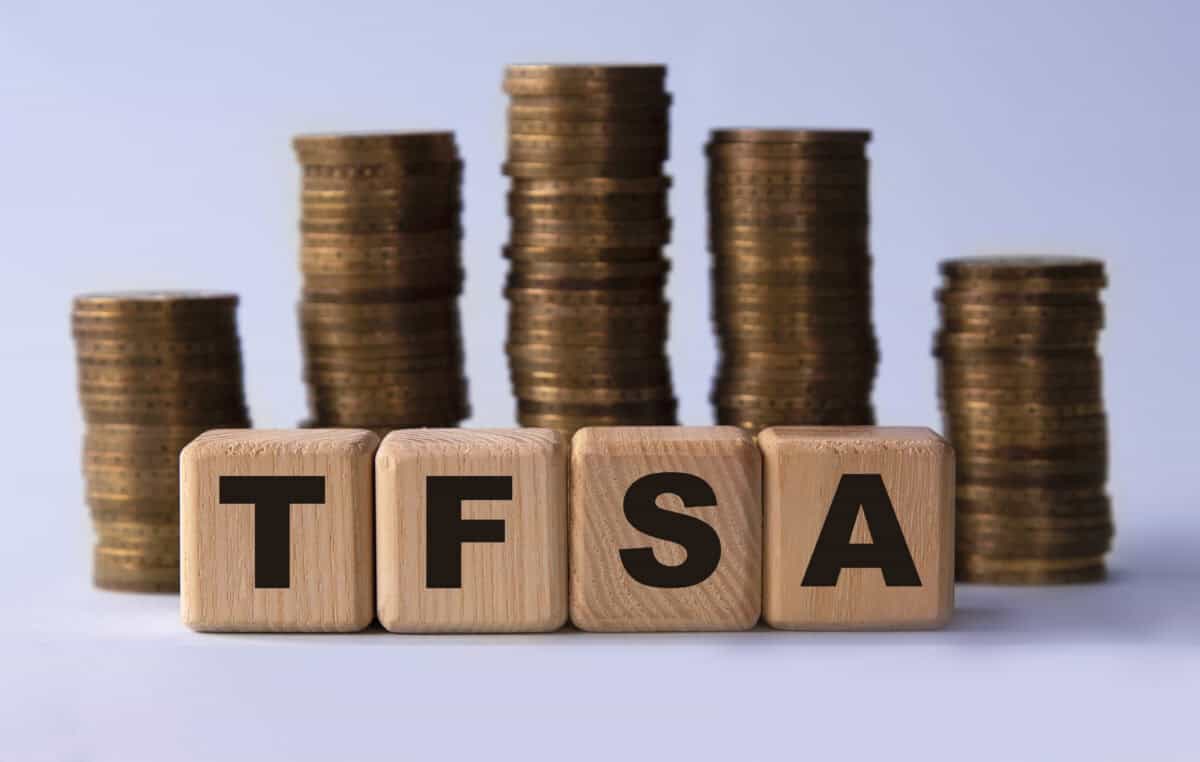Canadian retirees and other dividend investors can take advantage of the drop in the share price of several top TSX dividend-growth stocks to get good yields right now for a a self-directed Tax-Free Savings Account (TFSA) portfolio.
Fortis
Fortis (TSX:FTS) is a Canadian utility company with $68 billion in assets located in Canada, the United States, and the Caribbean. Businesses include power generation facilities, electricity transmission networks, and natural gas distribution utilities. These assets generate rate-regulated revenue, so cash flow tends to be predictable. Electricity and natural gas are essential power services that homes and businesses require regardless of the state of the economy.
Fortis grows through acquisitions and capital projects. The current $25 billion capital program is expected to raise the rate base from $37 billion in 2023 to $49.4 billion in 2028. As new assets go into service, the boost to cash flow should support planned annual dividend increases of at least 4%. Fortis raised the dividend in each of the past 50 years, so investors should feel comfortable with the outlook.
Fortis trades near $53 per share at the time of writing. The stock was as low as $50 last fall but is still way off the $65 it reached in 2022.
Rising interest rates are largely to blame for the decline, rather than any specific operational issues. Fortis uses debt to fund part of its capital program. Higher borrowing costs cut into profits and reduce cash that can be used for distributions. The Bank of Canada recently cut its target rate by 0.25% and the U.S. Federal Reserve is expected to begin cutting rates later in 2024 or in the first part of 2025. Once rates start to decline south of the border, there could be a new surge of investor interest in oversold utility stocks. It wouldn’t be a surprise to see Fortis drift back up to $60 by the end of next year.
In the meantime, investors who buy FTS stock at the current level can get a 4.4% dividend yield and wait for distribution hikes to boost the return on the initial investment.
Bank of Nova Scotia
Bank of Nova Scotia (TSX:BNS) is arguably a contrarian pick in the Canadian bank sector. The stock has underperformed its large peers over the past five years, likely as a result of investor concerns about the international business.
Bank of Nova Scotia invested heavily for decades to build a large presence in Peru, Chile, Colombia, and Mexico. These four countries are members of the Pacific Alliance trade bloc that enables the free movement of capital, goods, and labour among the participating markets. As the middle class expands, demand ideally increases for loans and investment products, so these markets hold good growth potential over the long haul. Unfortunately, Bank of Nova Scotia’s shareholders haven’t yet benefitted. Political uncertainty and a heavy reliance on commodity markets makes these countries tricky places to invest.
Bank of Nova Scotia’s new CEO initiated a strategic review last year. The result is a different growth direction for the business. Going forward, new growth investments will focus on Canada, the United States, and Mexico. The South American businesses will have to fend for itself and could potentially be monetized with the resulting capital deployed to other opportunities.
Bank of Nova Scotia remains very profitable and has a solid capital position to get the bank through some economic turbulence. It will take time for the new strategy to deliver results, but Bank of Nova Scotia looks cheap today at $62 per share compared to the $93 it reached in early 2022. Investors who buy at the current level can get a 6.8% dividend yield.
The bottom line on top stocks for passive income
Fortis and Bank of Nova Scotia pay attractive dividends that should continue to grow. If you have some cash to put to work, these stocks look cheap right now and deserve to be on your radar for a TFSA portfolio focused on passive income.









